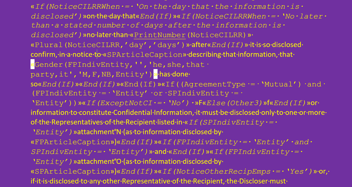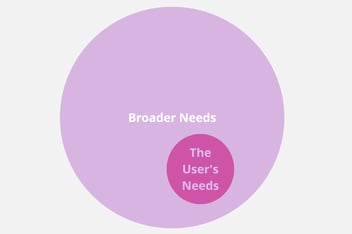
Last week I noticed this post on LinkedIn touting at some length the benefits of using ChatGPT's "Deep Research" for contract drafting. According to the author, "It’s highly effective for contract drafting and producing other long-form texts." Just one problem: the image accompanying that post (it's the image at the top of this post) shows that the confidentiality agreement created was copy-and-pasted from the dreck that's out there.
What makes me say that? Forget about some more subtle points—all that matters for our purposes is that the single recital uses WHEREAS and the lead-in uses NOW, THEREFORE and includes a traditional recital of consideration. If you include those features in your contracts because they're what you're used to, you're a copy-and-paste monkey. If you use them because you think they add something, congratulations—you're a legalistic nitwit. Either way, it's inconceivable that anyone who starts a contract that way is going to somehow end up demonstrating that they're a whiz at making contracts clear, concise, and relevant.
But aren't those standard elements of mainstream contract drafting? Yes, they certainly are. For example, they feature in the Practical Law template I analyze in this 2023 blog post. But in that post, I demonstrate that that template is, well, not good. And more generally, I've built a career out of cataloguing the dysfunction of mainstream contract drafting, with the primary culprit being copy-and-pasting. If you're looking for "fast" or "cheap", then by all means do the copy-and-paste thing, either the old-fashioned way or the AI version.
If you want "good", or at least something approaching it, that's a whole different matter.
(For more of my takes on AI and contract drafting, see this 2024 blog post and this posts it links to.)


